Today I’m taking a look at one of Frank Miller’s all-time classic Batman stories, Batman: The Dark Knight Returns. This one of Frank Miller’s best Batman works, potentially topped only by Batman: Year One, and is seen as one of the greatest Batman stories of all time. My inspiration for looking into this classic story is not just because of its quality, but an intersection of reasons which will or have given this story new attention. Firstly, starting in November will be a third instalment of the Dark Knight comic book Trilogy which set to be one of the biggest releases of 2015/16. Finally, based on the trailers alone, the upcoming Batman Vs Superman: Dawn of Justice movie takes plenty from inspiration, both visually and narratively, from this classic story. It’s with these reasons, and more, that I’ll be taking a look at this 1986 bat-classic and letting you know why you should be giving it a read.
In the 1980s comic books were gaining a tonal shift as the audience began to grow old. While still present, elements of the silliness of comic were slowing replaced by more serious and mature tones. One of the earliest examples was Alan Moore’s Saga of the Swamp Thing and continued in series such as Frank Miller’s run on Daredevil. With the financial and critical successes of these two runs that paved the way for The Dark Knight Returns, a four-issue miniseries presented in a prestige format. Instead of a simple comic stapled together, these issues were square-bound with superior paper stock and card cover. Even at the high (for the time) price of $2.95 an issue The Dark Knight Returns would go on to sell huge numbers and cement itself as one of the finest Batman story, and comics in general, and paved the way for other mature classics such as Watchmen.
The Dark Knight Returns tells of an aged Batman who has come out of 10 years of retirement after no longer being able to take how Gotham City has become over-run by fear and crime. Throughout 200 odd pages, Batman attempts to cleanse Gotham from crime in a fashion not too dissimilar to Dirty Harry, with a sense of recklessness and taking the law into his own hands as long as it fits into his personal code. Through age and tragedy, Batman has become bitter and this shows his actions and motivations as he returns to his mission against crime.
His awakening is instigated through the metaphor of the weather in conjunctions with snippets of news reports. At the beginning of the story a heatwave has gripped Gotham and as the heat rises so does the crime and Bruce Wayne’s hatred for it. The heatwave finally breaks in the culmination of a storm which sees the return of Batman and the start of crime being washed away from the city. It’s a smart idea as it builds tension and works well to create a juxtaposition to his previous life.
The use of news reports is a clever way of creating the background to the situation around the world and in the Gotham. They’re quick flashes which get the reader not also up to speed but also allow Miller to make a more dense story without deviating from showing the wider world.
Throughout the four issues, Batman takes one foe both classic and contemporary. This takes the form of old foes Two-Face and The Joker who have both been released from Arkham. Of course, both start to commit crimes again but for different reasons. For Two-Face it’s just in his nature to commit crimes, even with his newly restored face we see that it’s in his nature to do wrong. The Joker, on the other hand, is about representing everything Batman hates, but also how they’re linked together as The Joker had been in a near-catatonic state until Batman returned. Miller illustrates The Joker as a true psychotic with a horrifying face, even when their a batarang lodged in one his eyes. Their final confrontation together Batman teeters on the line of whether he should break his personal code of not killing. While Batman really wants to end The Joker once and for all can he go through with the actions? In the time that Batman has been away a gang known as The Mutants has risen and caused terror throughout the city. Batman’s confrontations with the leader of The Mutants is a showdown of youth vs experience. Both fights are a physical test for Batman’s ageing body, being outmatched by the much younger and stronger foe, but it’s with the second duel in which Batman uses his mind in combination with his strength to defeat his foe in the literal mud and muck. The final showdown is with Superman, who represents the government, but also an ideological difference between the two – even as friends.
Just as Batman is coming out of retirement Commissioner Gordon is forced to go into it. Throughout the story, Miller explores Gordon’s relationship with Batman as well as his place in the world after retirement. Both Gordon and Batman have the same mission, but unlike Batman, Gordon has to operate within the law. While Gordon uses Batman in a way to achieve this but seeing that what doing things by the book has gotten him makes him a bit bitter. This bitterness is evident in the release of the announced release of the rehabilitated Two-Face. He has a very pessimistic attitude to the release, but he’s got all rights to be that way as he’s seen what criminals like Two-Face and others are able to achieve when released into the public.
Taking the role of Robin is the new character Carrrie Kelley, a 13-year-old girl who decides to fight crime when she’s saved from a gang by Batman. When she returns the favour for Batman she begins to assist with him his crime-fighting. At first, she’s way over her head but progresses throughout the story with experience. Due to the guilt of the previous Robin’s, Dick and Jason, Bruce is very protective of her but at the same time puts her in a lot of danger as he tries to relive the times of the former Robins. As a sidekick, Carrie doesn’t get a lot of character development and as a result, she isn’t as fleshed out as other characters. I think it would have been interesting to see what she could have been like with a more personality or if Miller had revealed slightly more about her.
Unlike his art in the late 70s and early 80s which conformed with the Marvel house style of the period, Miller’s art is European in style. The linework is quite loose with a slight scribble effect to it. This works quite well with the mature themes of this story and gives the characters and the world around them a grimy look. This is accentuated through Klaus Janson’s inks which are uneven to create a textured look. To top this off, Lynn Varley (Miller’s now ex-wife) gives the story dingy dark colour palette which with her watercolours is textured and makes them rise from the page without competing with the inking. If you’re of cleaner styles this art might not be up your alley, but hopefully looking through the examples in this post will show you what this style can achieve.
During this period Batman was drawn muscular, but in a way that was more athletic. In the Dark Knight Returns Batman is huge with bulging muscles, even though he’s in his mid-50s. I feel if Miller’s characterisation of Batman was less extreme then this visually wouldn’t have worked and looked a bit too much.
Miller’s adopts a 16-panel grid structure which allows him to set up the pacing through the number of panels on the page. When Miller wants to slow the pace down he implements more panels of the page which keeps the reader in the moment longer. It also means that larger panels are used more to emphasise moments of impact or importance. He’s also very reserve when it comes to full-page splash, of which there are only a handful of, and are used for powerful moments. As a result, many of these have become iconic imagery and have been homaged many times over the past 30 years.
Overall, The Dark Knight Returns is a very impressive read both in terms of both art and story. This grim story set the standard for mature storytelling for future comics with its sophistication in the use of metaphor and ideas. The Dirty Harry like interpretation of the character is reckless and bold in implementation, fueled by bitterness and a form of insanity which can only be achieved through the years of experience as Batman. This alternate future also creates closure for some of Batman’s most popular villains as the reader witnesses their final confrontations. In the art department Miller, along with Klaus Janson and Lynn Varley, create a unique looking comic which has a European style with loose lines and textured colours which help give the characters and their world around them a gritty look without being excessive. The art also, with the aid of a 16-panel grid, helps pace the story allowing for greater ease in emphasis when needed. If you’re a fan of Batman in any form and haven’t read this then I highly recommend that you do as it’s one of the finest examples of the marriage of writing and art together in the comic book medium.
Batman: The Dark Knight Returns is available in print in multiple editions as well as digitally on Comixology, Google Play, Kindle and iTunes.
Join me next month as I take a look at the sequel to this classic story – 2001’s The Dark Knight Strikes Again.
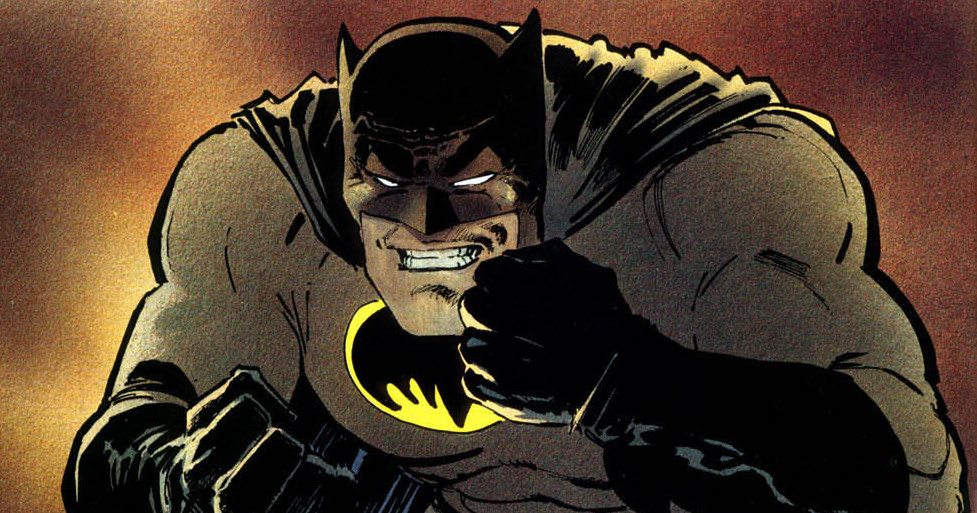
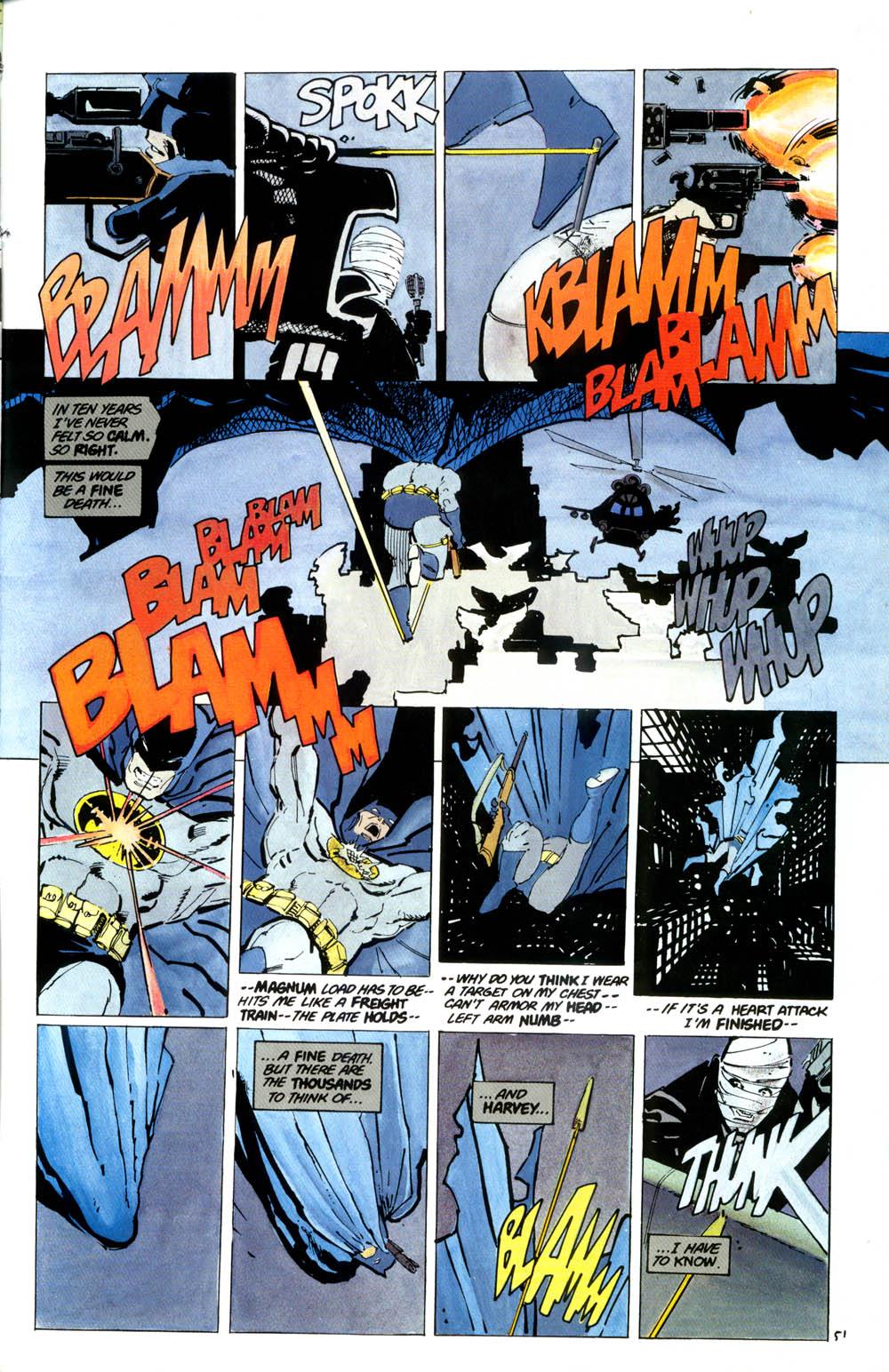


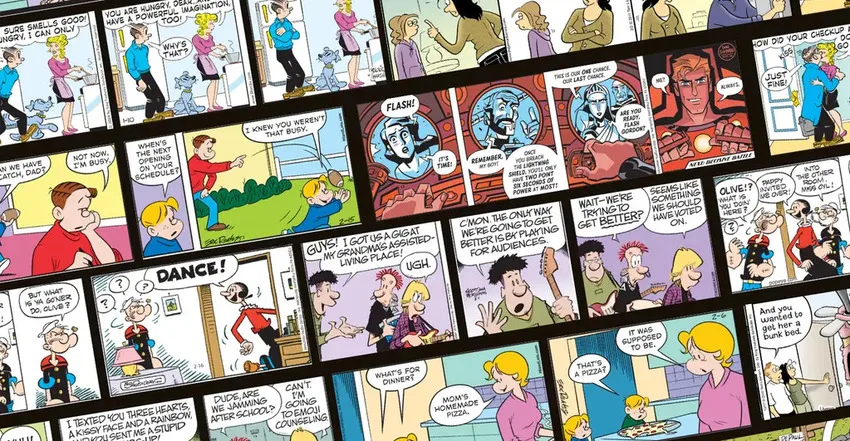


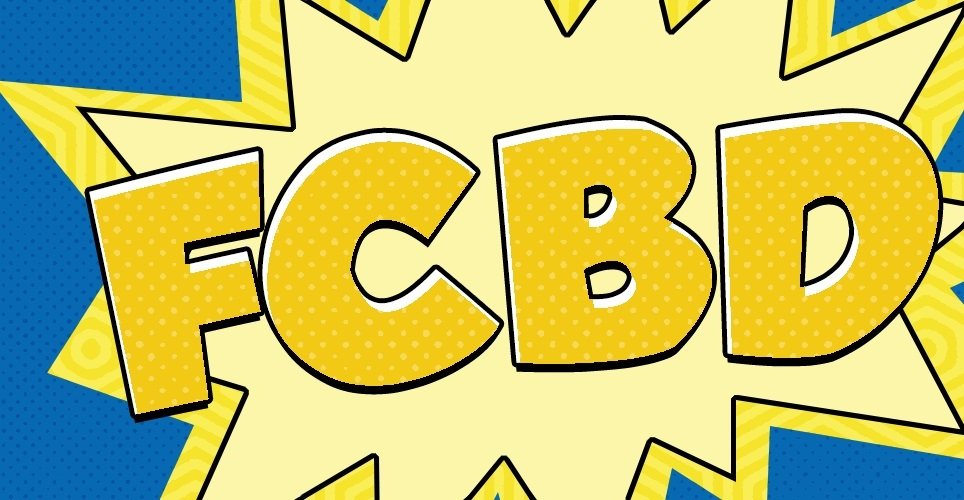

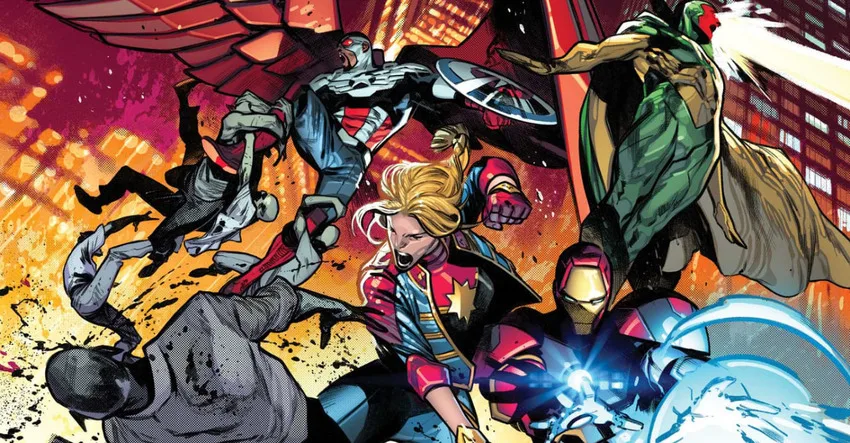
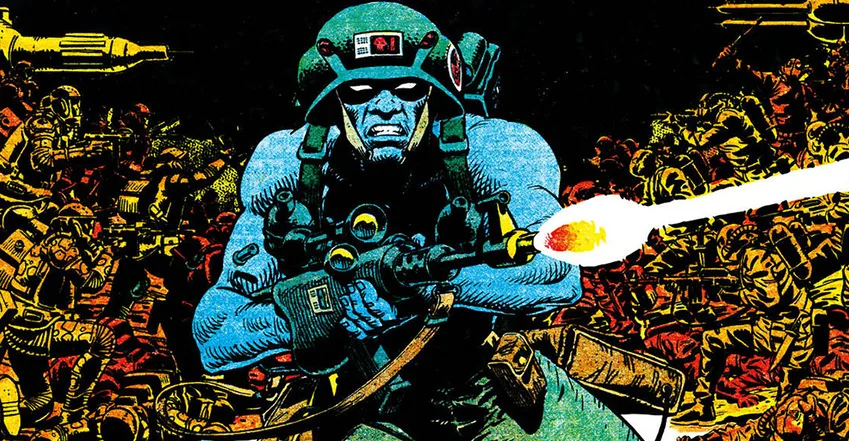
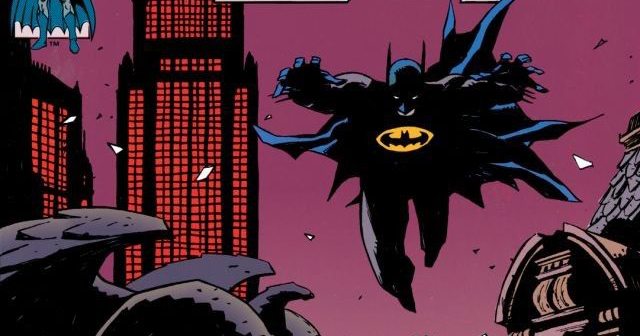
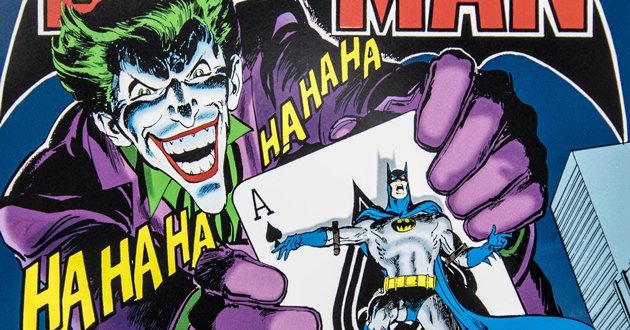


I will wait for a take a look at Alan Moore’s master work : Watchmen
thanks for your Spectacular website! maybe I’ll translate some of your articles for our website into my language in future. I’ll say the source! 😉
Hi Trevor,
I could not agree more about the importance of this comic, and its art. 1986 was a watershed year in comics.
I’ve notice by the way that Miller used at least three different drawing styles in this comic, I’ve never seen this elsewhere. There was the basic style, and then the slick style (like the full page where Bats holds the dead general), and the “crumply” style like in the fight with the Joker.
(A note though, there are many typos in this article, it would be good to get a proofreader. Example: “a form insanity” instead of “a form of insanity”.)
Hi Eolake,
Thanks for pointing out the typos! I’ll give it another proofread ?